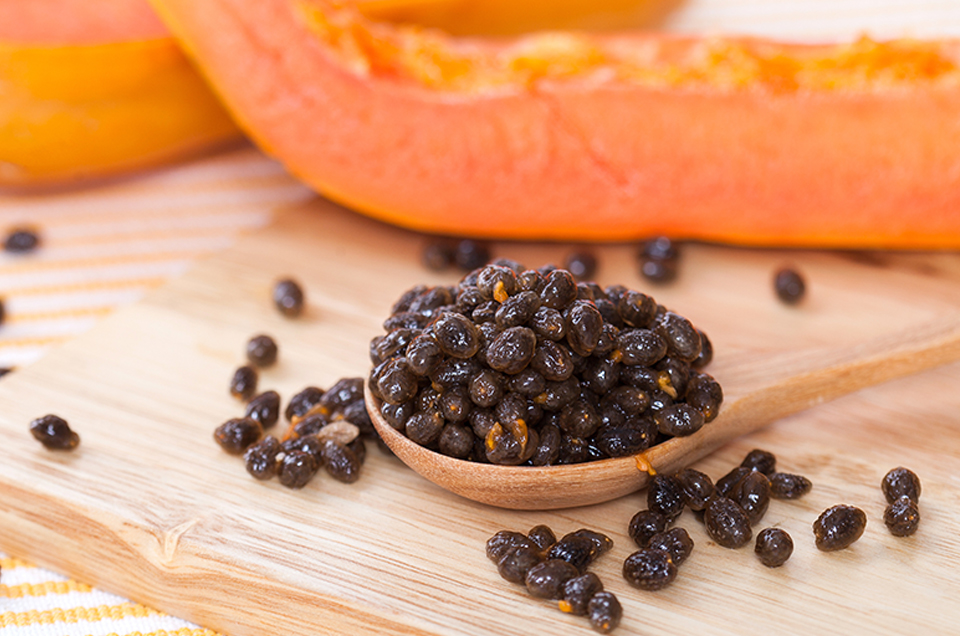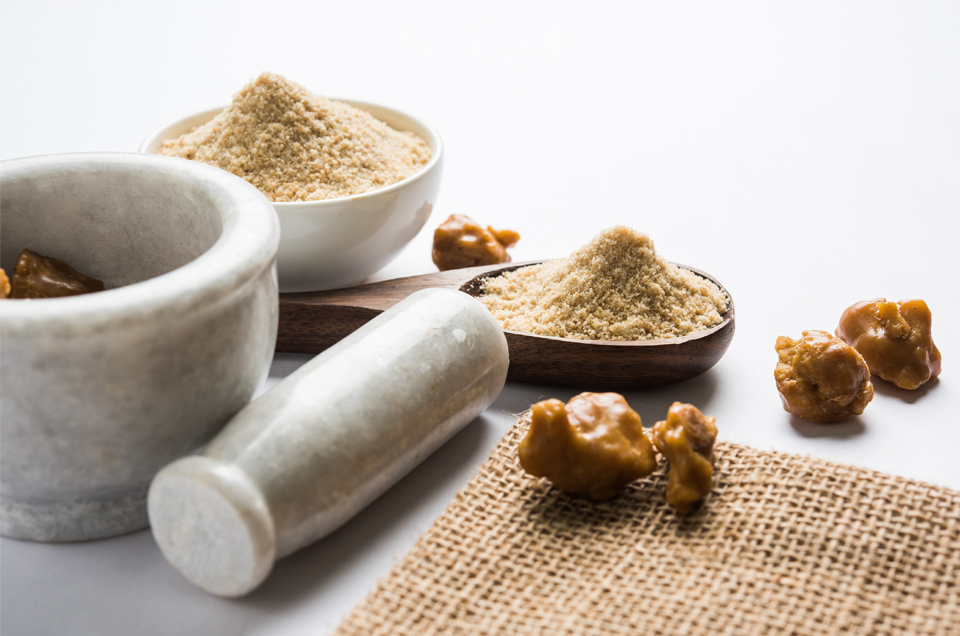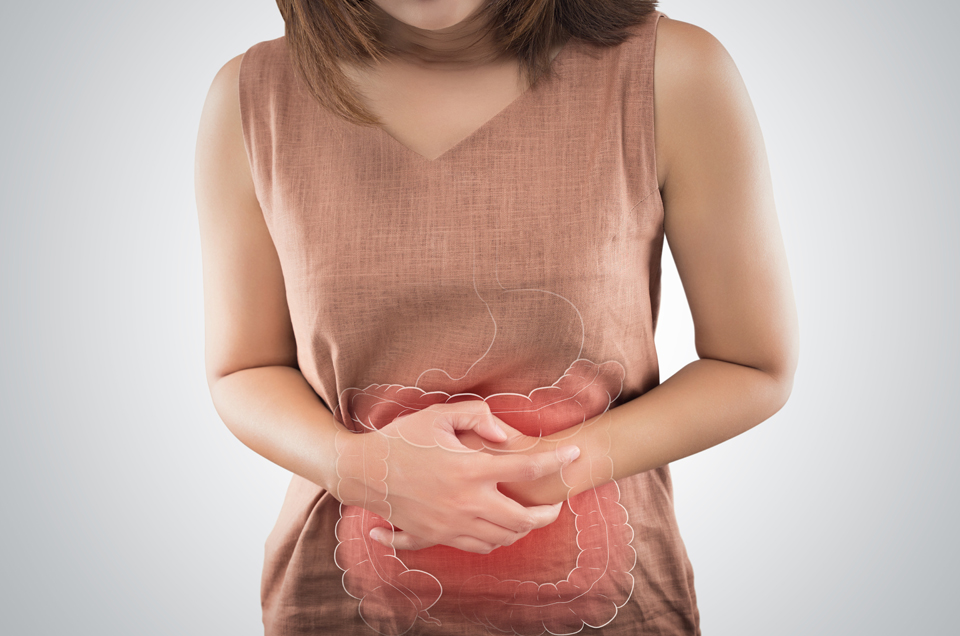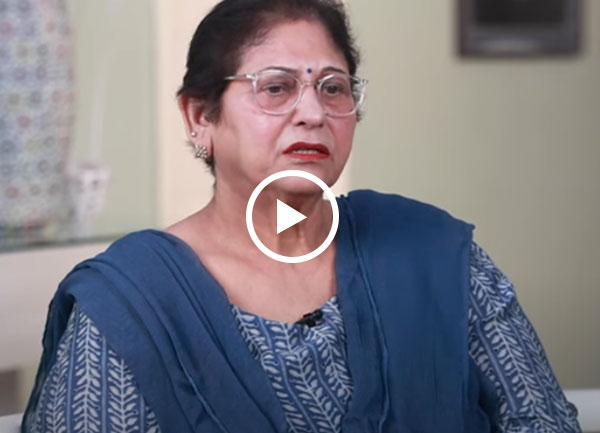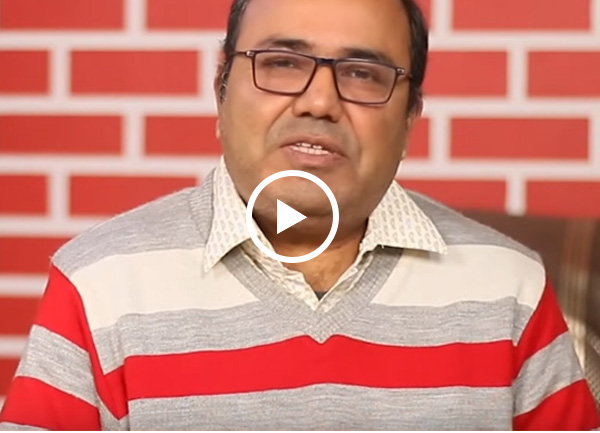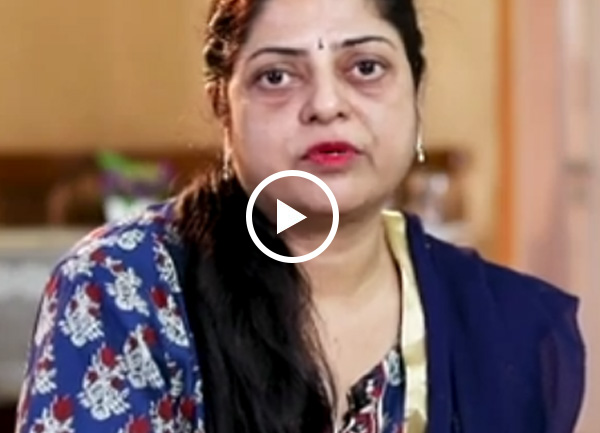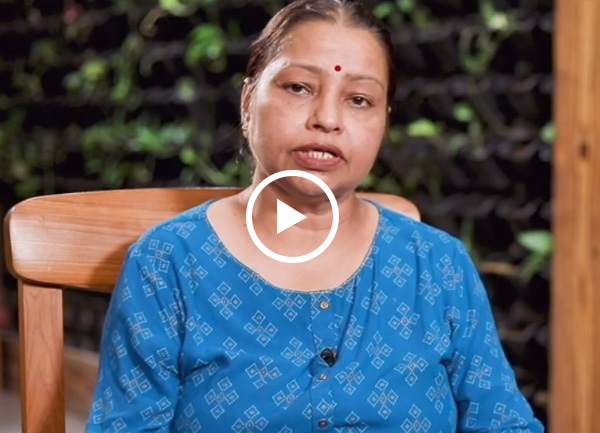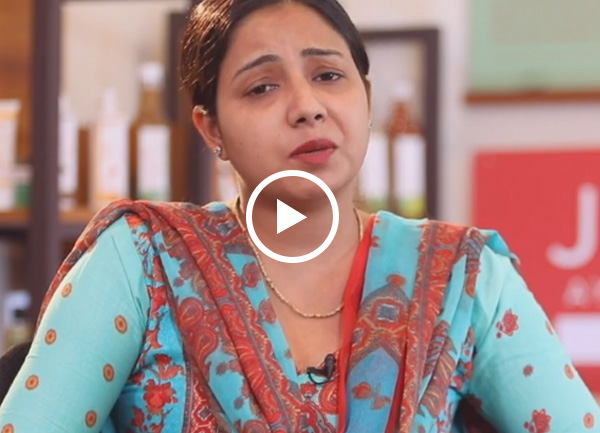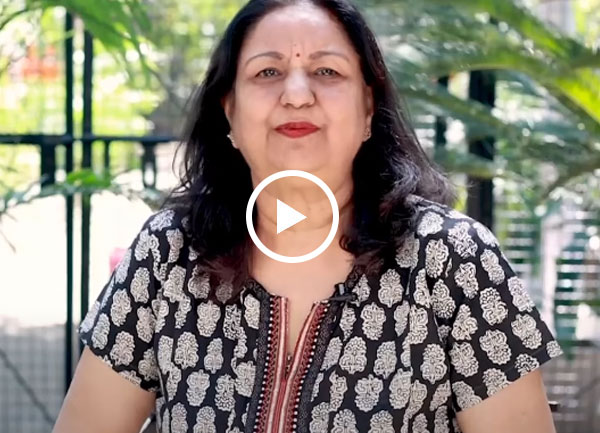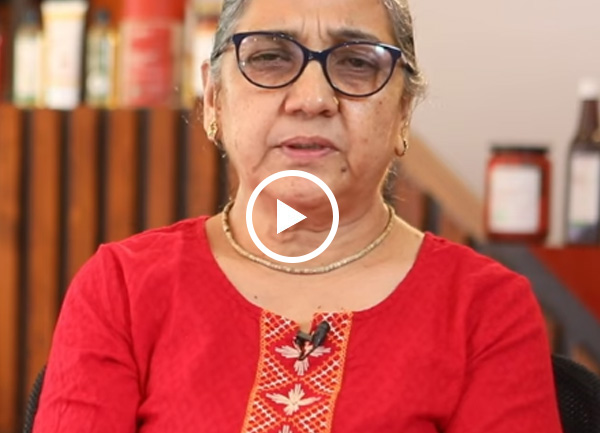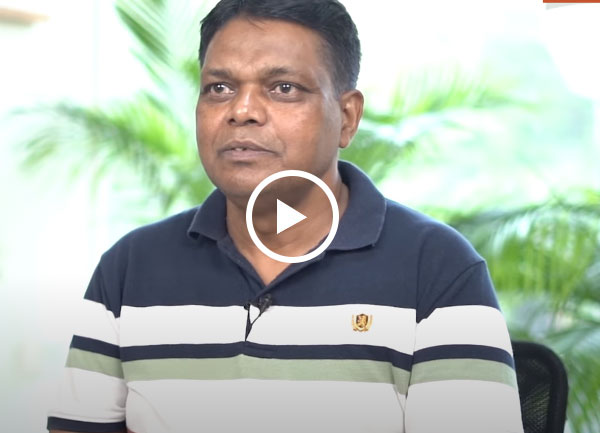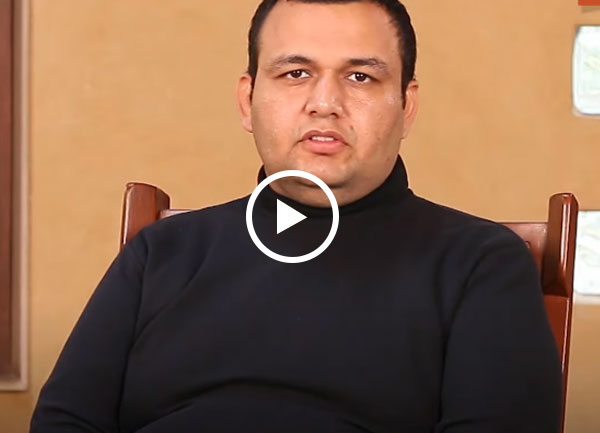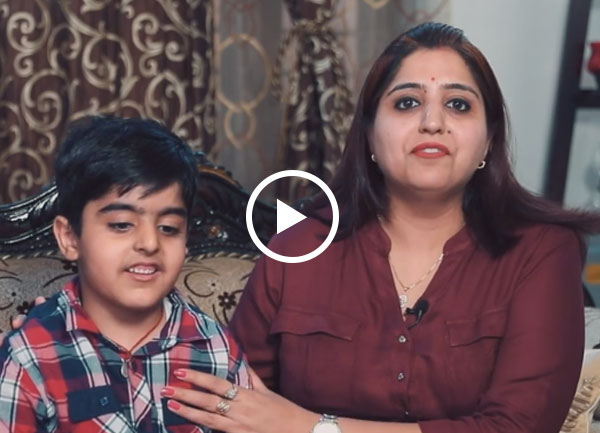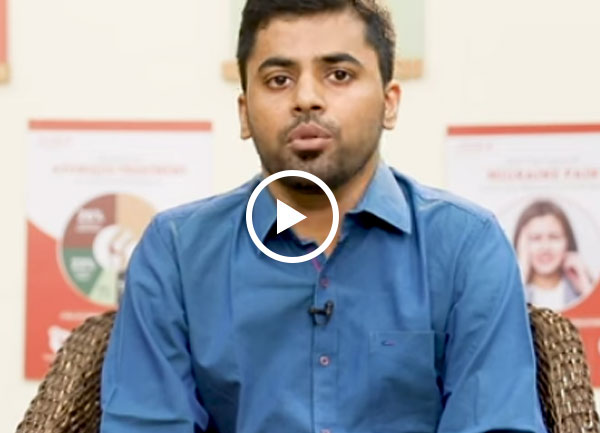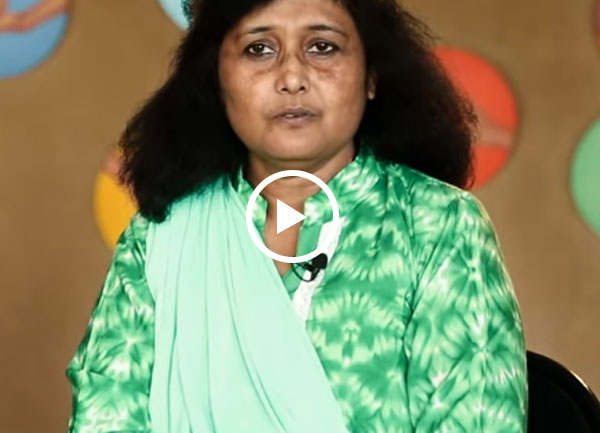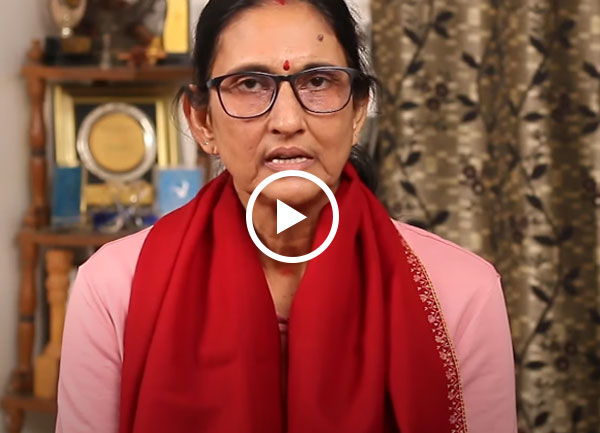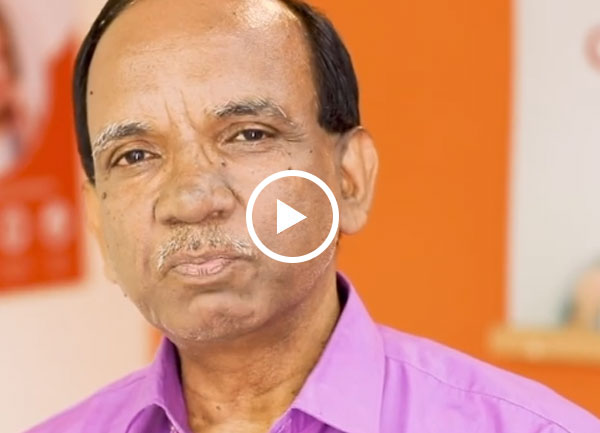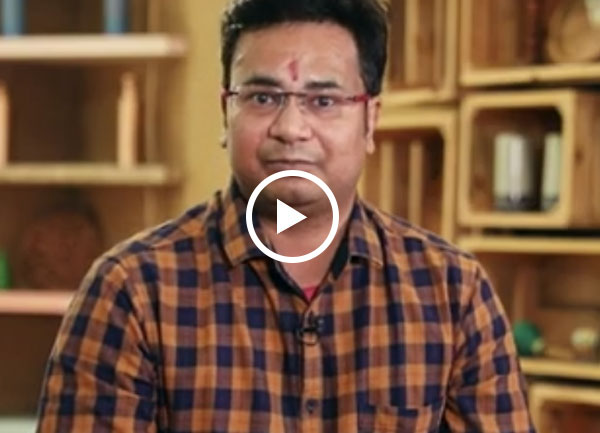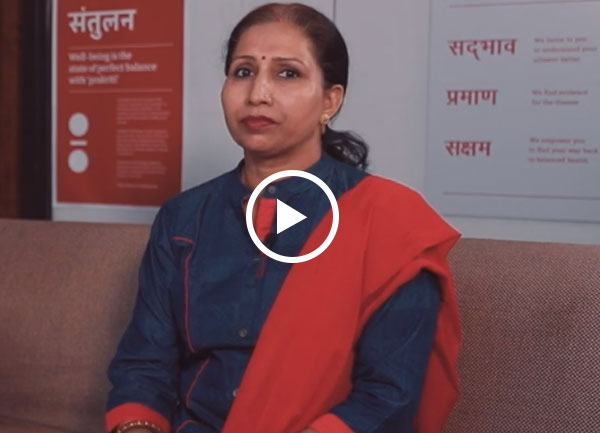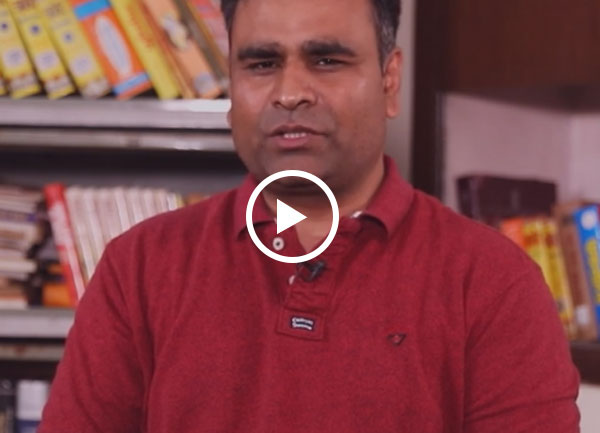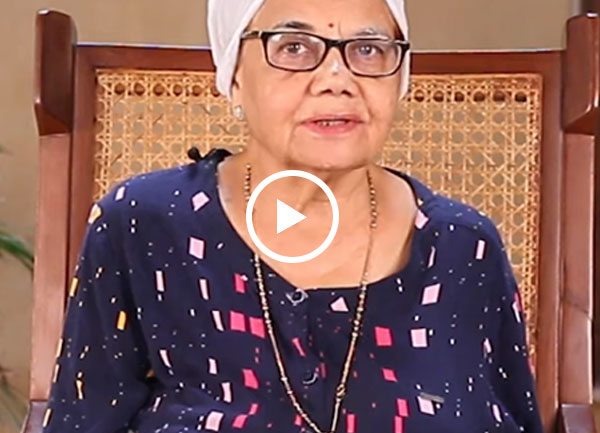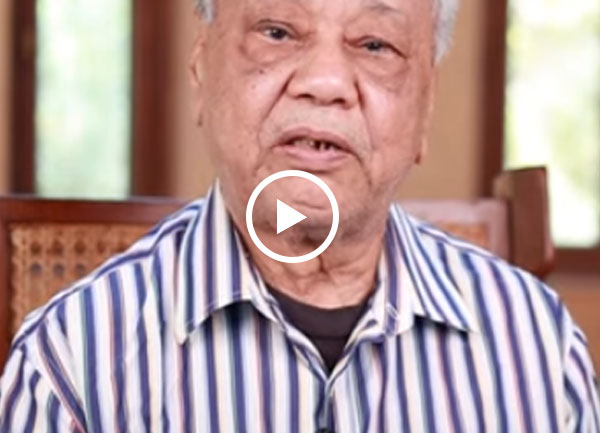Of the five main strains of the virus - A, B, C, D and E, hepatitis B and C alone claims 1.3 million lives each year even though it can be easily prevented and treated. And so the WHO is putting a strong emphasis on preventing hepatitis B among mothers and newborns with this year’s theme, ‘Hepatitis-free future’. It will be publishing new recommendations on how to prevent transmission of the virus from mother-to-child on 28 July.
Ayurvedic Treatment for Hepatitis
Hepatitis refers to an inflammatory condition of the liver. It is most commonly caused by a viral infection, but it can also be the result of other infections, autoimmune diseases, or toxins in the body. Some types of hepatitis disappear without having caused permanent damage to the liver; however, chronic cases that persist for many years can cause scarring of the liver and, in the worst-case scenario, liver failure.
In Ayurveda, the liver is known as yakruta or yakrit, which stands for 'restoration'. Most liver diseases, such as Hepatitis, are categorised under aggravated conditions of the Pitta. The wide range of liver diseases is termed as Kaamala in Ayurveda, and it is considered to be a disease of the Raktavaha srotas—a system consisting of the liver, spleen, blood vessels, and reticuloendothelial tissue.
Ayurveda classifies Hepatitis under two main categories; Kostashakhasrita kaamala (hemolytic jaundice) and Shakhasrita kaamala (obstructive jaundice). Hemolytic Hepatitis is typically associated with anaemia; a deficiency of red blood cells caused by an unhealthy diet and lifestyle which disrupts the level of Pitta in the body. On the other hand, Obstructive Hepatitis occurs when water (Kapha) or fluid accumulates and blocks the passage channels of the biliary system. A common indicator of this is the expelling of clay-coloured stool (tilapista nibha).
As liver diseases such as Hepatitis are directly associated with an imbalance in the Pitta, the principle of treatment followed here is an effort to reduce the pitta dosha in the ailing. At Jiva, this includes Shodana chikitsa (detoxification through Panchakarma), Shamana chikitsa (Palliative Ayurvedic medicines), Kayakalpa (rejuvenation), a strict diet consisting of bitter herbs, and lifestyle modifications. All of these practices combined give patients their best chance at recovery.
To know more about Jiva's range of treatments for Hepatitis, feel free to call our telemedicine centre or visit any one of our Jiva clinics in your city. Also, if anyone around you is exhibiting symptoms of Hepatitis, such as fatigue, nausea, loss of appetite, or low-grade fever, encourage them to get tested and seek immediate treatment. Together, let's band together and work towards a hepatitis free future.




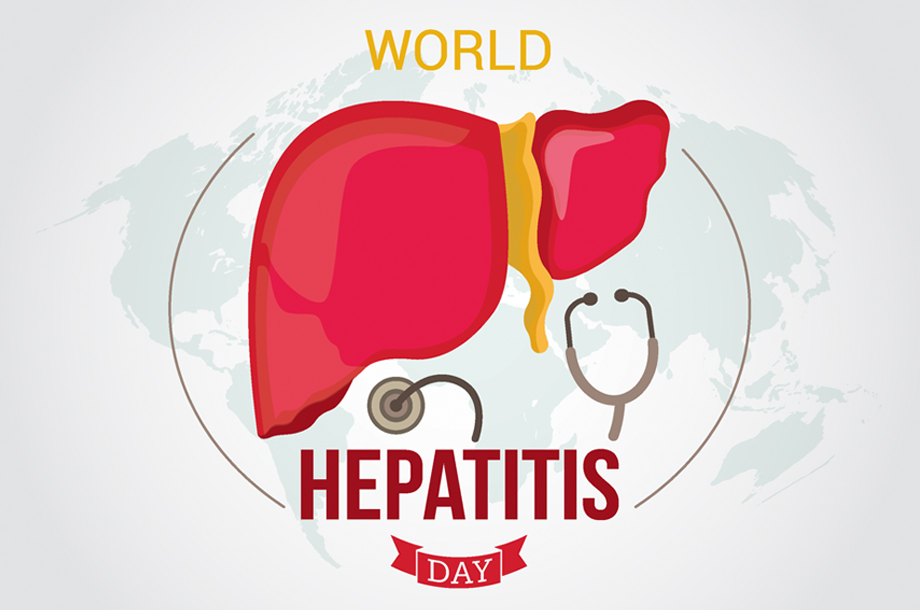
 Prev
Prev
